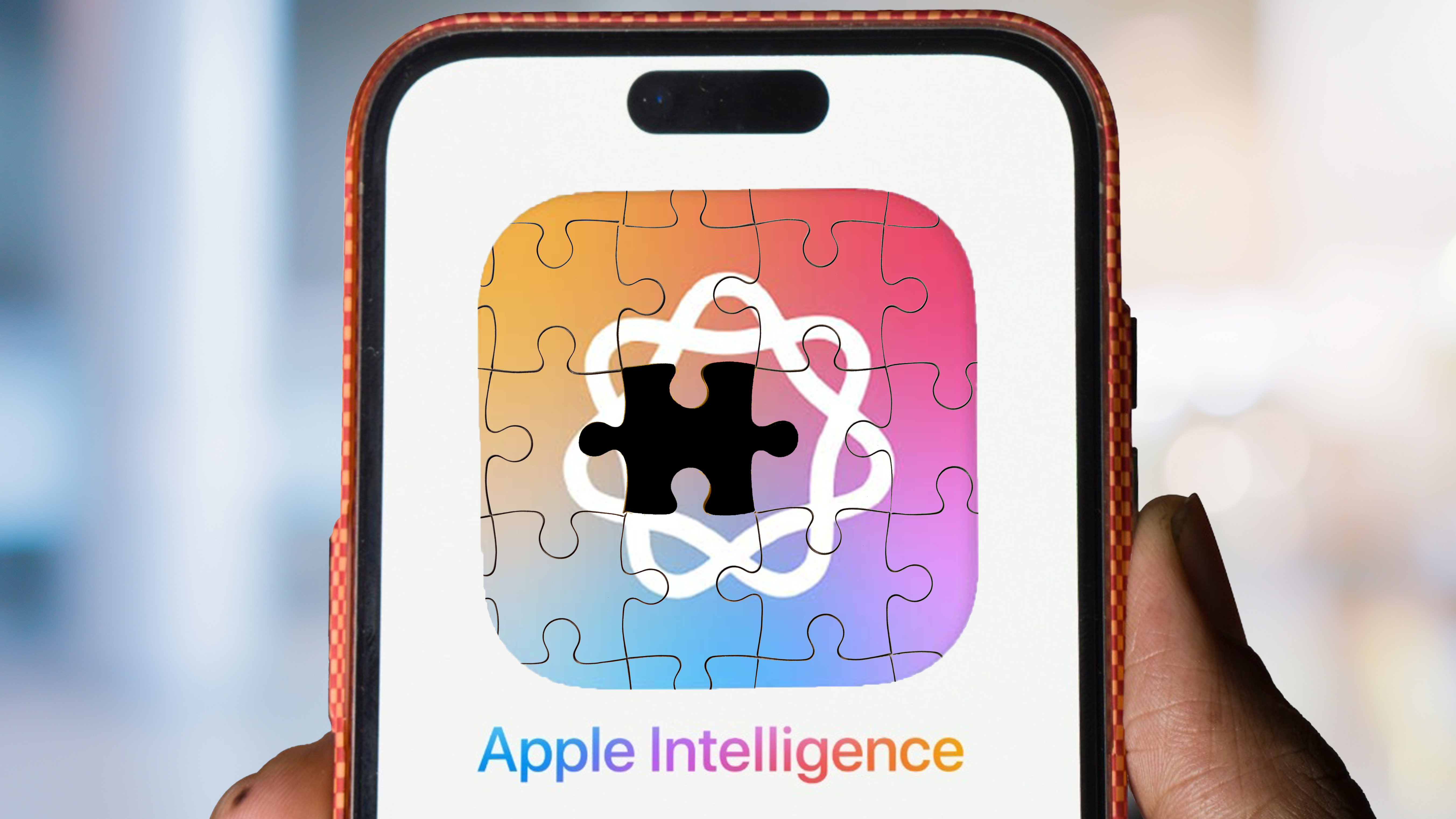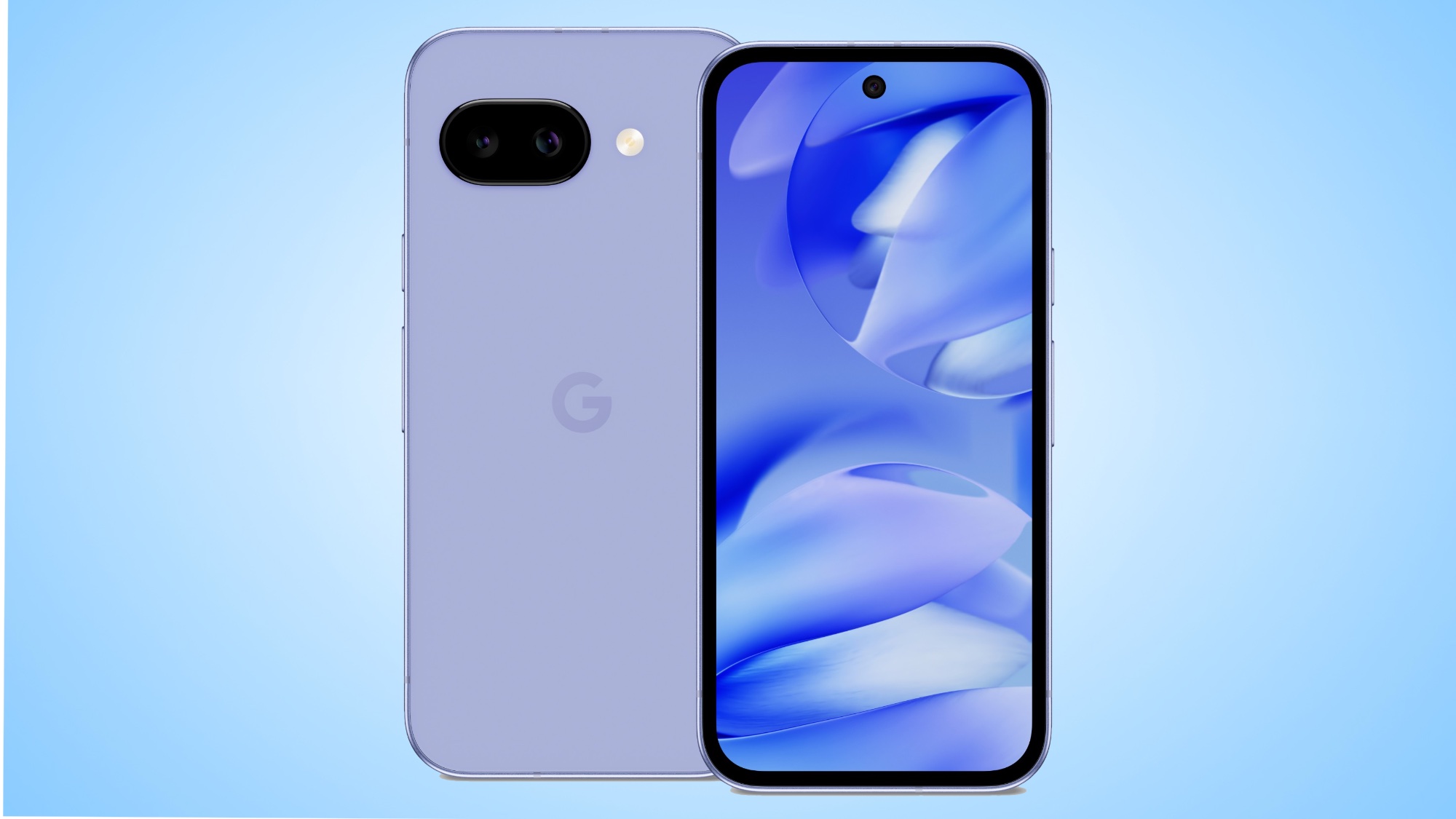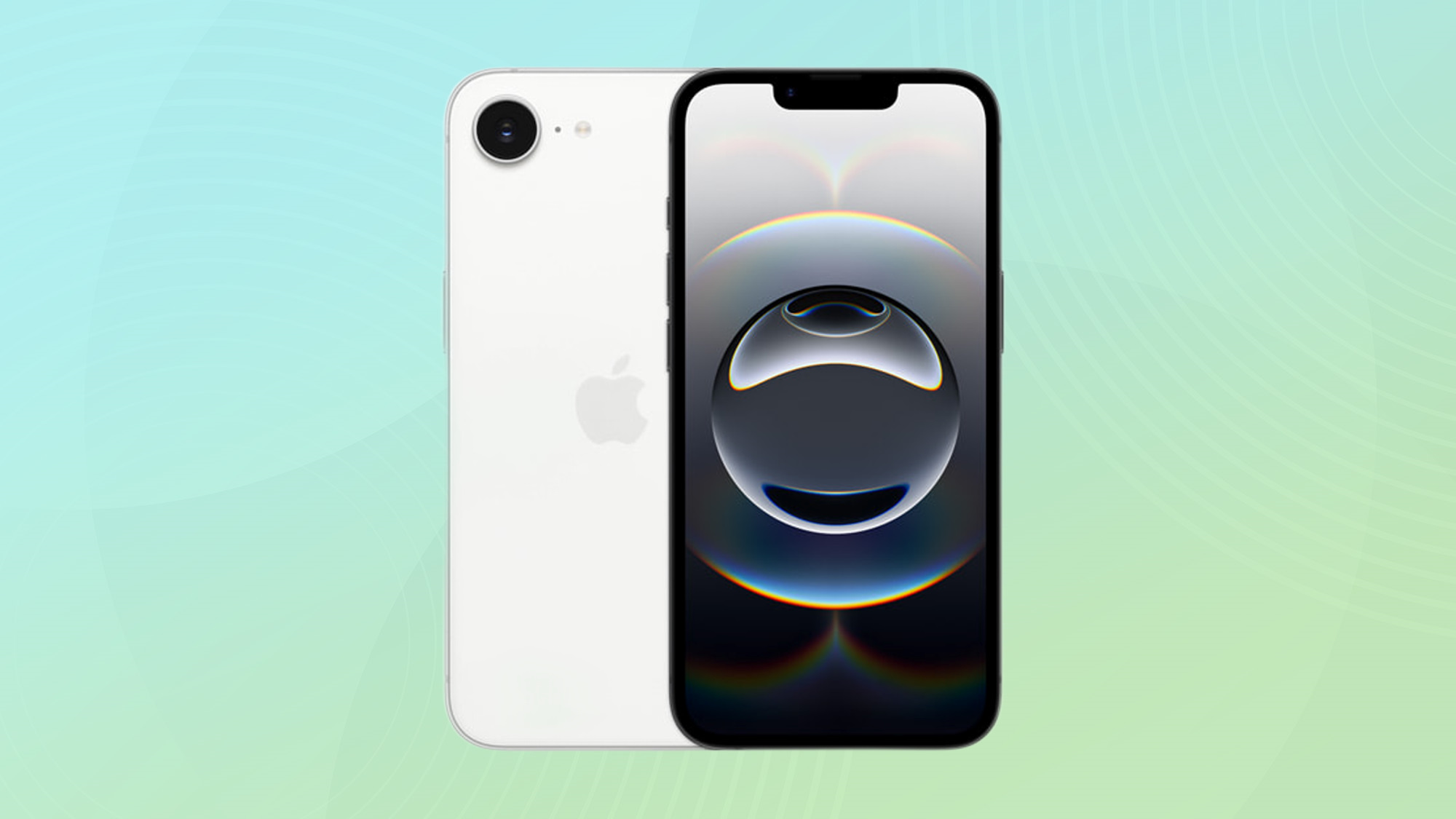Pixel 9a vs iPhone 16e — here's 3 ways Google can beat Apple
This is how the Pixel 9a can win

The iPhone 16e has arrived, revitalizing Apple's low-cost offering — even if the phone isn't as low cost as it was before. In addition to giving Apple fans a cheaper way to experience Apple Intelligence features on their phones, the iPhone 16e also sets up a big battle for midrange devices that figures to unfold this spring. Now we just have to wait for the other shoe to drop in the form of the Google Pixel 9a.
We won't have to wait long if Pixel 9a rumors are to be believed. Google is expected to move up the launch of this year's midrange model to March, instead of the usual May debut timed around the Google I/O conference. That would mean Google's version of a low-cost handset that focuses heavily on AI-powered features would be arriving right after Apple's device, potentially stealing some of the iPhone 16e's thunder.
While we're waiting for a chance to test out the iPhone 16e, Apple certainly sets a high bar for the Pixel 9a to clear. Not only does the latest iPhone feature a more modern-looking design than its predecessor's aging form factor, but it runs on the latest Apple-built chipset. That's the feature that makes Apple Intelligence compatibility possible as a mater of fact.
Of course, the Pixel 9a will likely be able to make the same claim when it arrives, as it figures to use the same Tensor G4 silicon found in the current lineup of Pixel 9 flagships. Add to that Google's reputation for delivering top camera performance — the current Pixel 8a is the best camera phone under $500 — and it could be the iPhone 16e that will soon have its hands full keeping pace with the new Pixel.
There will be time enough for an iPhone 16e vs. Pixel 9a face-off later on once we can compare the actual phones. But to my way of thinking, any match-up between these two low-cost devices is going to boil down to how they measure up in three key areas.
AI features

The iPhone 16e's new look is certainly welcome, and the presence of an Apple-built modem for the first time has long-reaching implications on the future of the iPhone. But let's be honest — the big drawing card with the iPhone 16e is the fact that it supports the same Apple Intelligence features as the rest of the iPhone 16 lineup. That includes Visual Intelligence, Apple's take on Google Lens, which works on the 16e even though the midrange phone doesn't have a Camera Control button like Apple's current flagships.
Apple Intelligence remains a work in progress as Apple keeps introducing additional AI tools via updates to iOS 18. The biggest piece of the puzzle — a more context-aware Siri — is still to come, so you're certainly not getting a finished AI experience should you buy the iPhone 16e. The lure here is that you're getting features like writing tools, movie memories and other Apple Intelligence capabilities for $200 less than the cheapest iPhone flagship. And you're getting a device whose skills will grow over time.
That said, AI tools on Google's Pixel devices are much more refined than what Apple offers at this point, and the Pixel 9a figures to reap the benefits. With Google all but certain to turn to the Tensor G4 chipset that powers the Pixel 9, we'd expect the 9a to gain many of the capabilities that arrived on Google's flagships last year.
Potentially, that means a number of promising photo tools, such as the Add Me capability where you can insert people into Group Shots. I also like the Pixel 9's Reimagine tool where you can use text prompts to spruce up your photos. Beyond the camera tools, I'm also a fan of the the Screenshots app that's able to search screenshots you've captured by their content. These are features far beyond what Apple Intelligence offers, and all are in line to be available on the Pixel 9a.
Camera performance

Only head-to-head photo comparisons will let us definitively say what's the better low-cost camera phone, but the iPhone 16e certainly makes its case with some needed hardware improvements. The 12MP sensor on the iPhone SE 2022's lone rear camera is gone, replaced by a new 48MP shooter that can also mimic a 2x zoom. If the feature performs as well as it has in my testing with the iPhone 15, zooms captured by the iPhone 16e should look pretty sharp.
The iPhone 16e lacks a second rear lens, which reduces some of its flexibility compared to Google's midrange phone. (We'd assume that the Pixel 9a will follow the lead of its predecessor and include both a main camera and an ultrawide lens.) But at least Apple finally added night photography support to its cheapest iPhone, and the 16e can also capture portrait shots, too.
Pixel 9a rumors haven't offered much on Google's camera plans and whether we can expect hardware upgrades from the 64MP main camera and 13MP ultrawide lens found on the Pixel 8a. But the strength of Google's photo performance has always been in how images are processed so that's something we'll have to find out once the Pixel 9a officially arrives.
Price

Apple has played its hand here, setting a $599 staring price for the iPhone 16e. That's $179 more than the iPhone SE 2022 that the 16e replaces, and it matches what Apple charged for the iPhone 14 before that phone dropped out of Apple's lineup.
The iPhone 16e's price is also $100 higher than what Google charges for the Pixel 8a. That would seem to position the Pixel 9a to have an edge over the iPhone 16e — if Google keeps the price unchanged.
That may be hard for the phone maker to do. Just last year, we saw prices go up for the Pixel 9, and some rumors suggest the Pixel 9a could follow suit. That said, another rumor suggests that Google will continue to charge $499 for the 128GB version of its midrange phone, though the 256GB model could see a price hike from the equivalent Pixel 8a version.
iPhone 16e vs. Pixel 9a outlook
Many different factors will determine whether Apple or Google offers the more complete lower-cost alternative to pricier flagship phones. But AI features, camera performance and price figure to be the key ways in which the iPhone 16e and Pixel 9a distinguish themselves from one another. We already know what Apple has to offer on those fronts; now it's Google's turn to respond.
More from Tom's Guide
Sign up to get the BEST of Tom's Guide direct to your inbox.
Get instant access to breaking news, the hottest reviews, great deals and helpful tips.
Philip Michaels is a Managing Editor at Tom's Guide. He's been covering personal technology since 1999 and was in the building when Steve Jobs showed off the iPhone for the first time. He's been evaluating smartphones since that first iPhone debuted in 2007, and he's been following phone carriers and smartphone plans since 2015. He has strong opinions about Apple, the Oakland Athletics, old movies and proper butchery techniques. Follow him at @PhilipMichaels.
You must confirm your public display name before commenting
Please logout and then login again, you will then be prompted to enter your display name.

